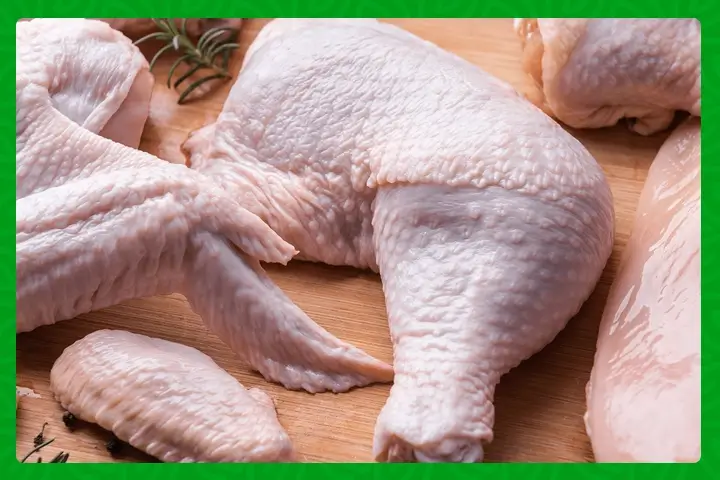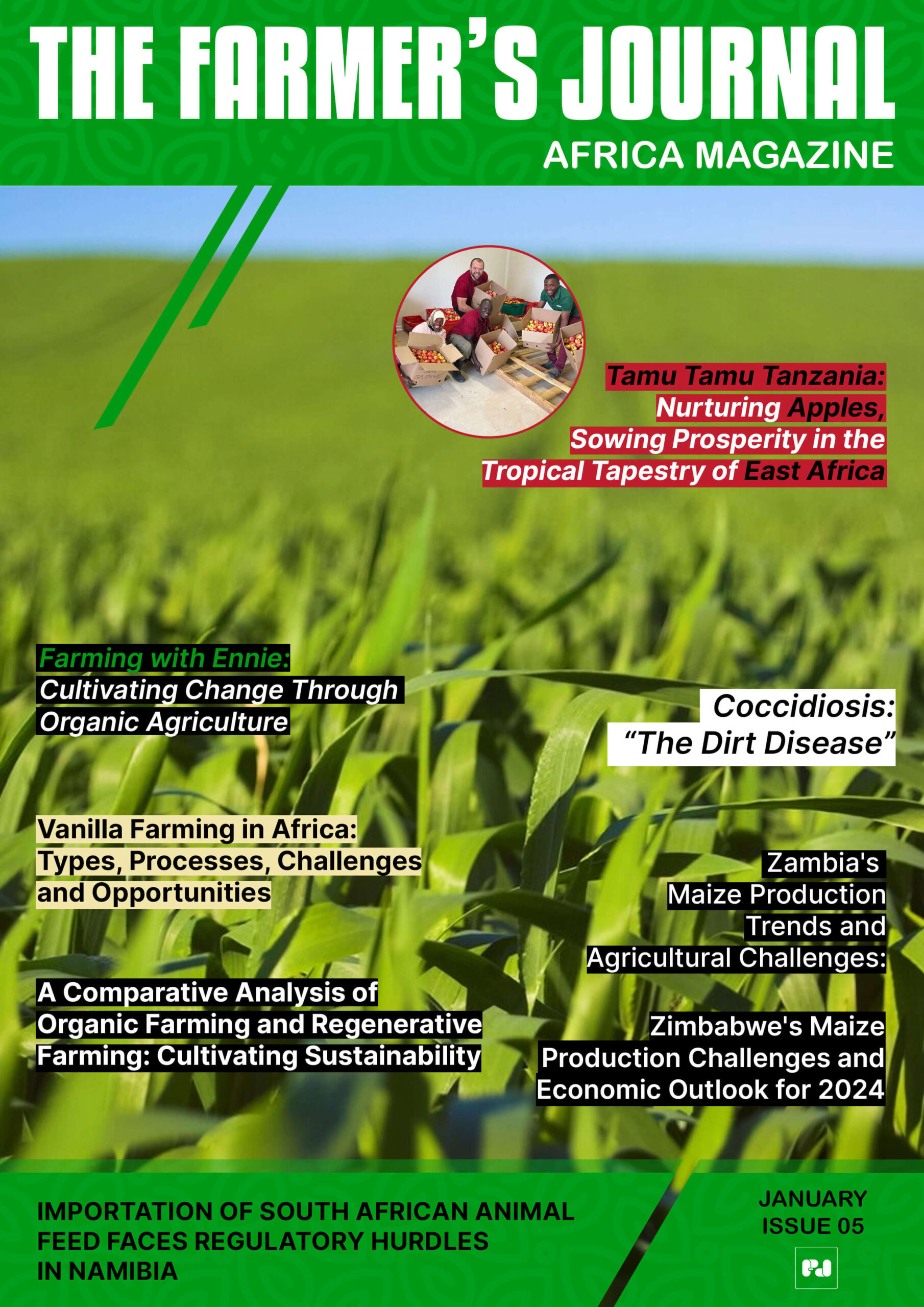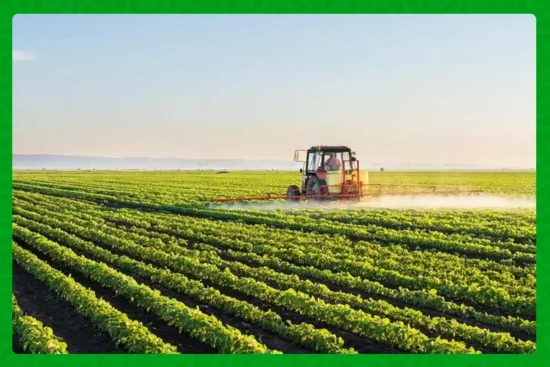
A chilled container arrives at a Cape Town port and a factory manager checks his ledger. On the other side of the country a small processor waits for veterinary clearance to ship a pallet of cooked chicken to the Gulf. Both scenes capture a single truth: South Africa’s poultry sector is sending mixed signals about where it wants to go.
At the heart of the debate is an annual quota that allows US exporters to ship bone-in chicken into South Africa without facing anti-dumping duties. The quota is set at 72,000 tonnes, yet recent data show the allocation is being barely used. In 2024, only about 11,350 tonnes of bone-in chicken were imported from the United States and between January and August 2025 imports fell to roughly 1,570 tonnes. That gap between allowance and actual shipments has turned a clear trade issue into a more complicated national conversation.
Producers say protection is needed. The South African Poultry Association argues the quota undermines local output by opening the door to cheap US chicken, especially if preferential arrangements such as AGOA lapse. For owners of large broiler farms and processing plants the threat is real. They worry about undercut prices, squeezed margins and an erosion of jobs that support entire towns.
But critics point to a different reality. Analysts note that the quota has been underused and that American shipments have been curtailed by disease outbreaks overseas and by high tariff barriers here. The most favoured nation tariff on bone-in portions sits at 62 percent, a level that makes many American products too costly for South African consumers. That means the quota may be more political than practical, yet the perception of risk alone is shaping industry calls for tighter import controls.
Export ambitions running on empty
If the industry is loudly demanding protection at the home gate, it is quieter about opening doors abroad. Since the Poultry Master Plan was launched, producers were promised an export push that would turn local scale into global opportunity. So far wins have been modest. Cooked poultry products have gained market access in places such as the European Union, the United Kingdom, the United Arab Emirates and Saudi Arabia, but those gains are small compared to the sector’s potential.
Producers complain that government delivery on export enablement has been slow. They point to delayed negotiations, bottlenecks in veterinary certification, and patchy coordination between trade, agriculture and sanitary authorities. Modern processing lines sit ready to pack export-grade products, yet cartons wait for health clearances or for paperwork that never arrives on time. That mismatch has left many wondering whether South Africa is serious about export-led growth or merely using exports as a talking point while maintaining strong domestic protection.
Who speaks for the industry
The debate has created a crowded room of voices. SAPA speaks for well established producers who want import limits tightened to secure domestic volumes. FairPlay and other consumer and trade groups counter that protection can raise prices and reduce choices for shoppers. Competition authorities have even opened inquiries into potential anti-competitive conduct, which adds a layer of scrutiny to calls for blanket protection. That investigation signals that some observers see attempts to limit imports as a way to preserve market share rather than to protect the public interest.
Policy at a crossroads
Policymakers must wrestle with a clear trade-off. High tariffs and import quotas can shelter farmers and processors from sudden foreign competition, which matters for jobs and rural livelihoods. Yet the same measures reduce pressure to innovate, raise costs for consumers and complicate trade diplomacy. If the aim is competitiveness, protection and export growth cannot be pursued in isolation. Effective export expansion needs streamlined veterinary services, faster certification, and coordinated market access strategies so that producers who invest in export-ready facilities can actually sell overseas.
Trade experts recommend three immediate priorities. First, conduct a candid review of how the quota is being used and whether it delivers net public benefit. Second, accelerate investment in sanitary and phytosanitary infrastructure so exports are not held back by certification bottlenecks. Third, design trade policy that balances consumer affordability with healthy competition and regional food security. Those steps would help resolve the disconnect between demanding protection at home and wishing for success abroad.
A tough balancing act
For now, South Africa’s poultry sector looks divided. Some factions want a heavily protected domestic market that guarantees volumes and margins. Others push for tough competition that will force cost cuts and open foreign markets. The choice matters for consumers, workers and the rural towns that depend on poultry processing.
Where this story leads will depend on political will and administrative competence. If government can align tariffs, quotas and export facilitation into a coherent plan, South African poultry may move from defensive politics to proactive expansion. If it fails, the industry risks remaining inward-looking and constrained by trade tensions that do not reflect the actual flows of chicken into the country.
The human stakes are simple. Behind every shipment and tariff number are workers on production lines, entrepreneurs who invested in cold rooms and farmers who feed flocks. They need clarity, not confusion. A pragmatic policy that balances protection with export drive would give them a fighting chance to thrive both at home and abroad.
Stay updated with the latest farming tips and agriculture industry news from Africa by subscribing to our newsletter. Don’t miss out on valuable insights and updates. Follow us on Twitter, LinkedIn, and Facebook to join our farming community and stay connected with us.


















